From the Weymouth Bay you can see the west – a small river Jordan, flowing through the desert sandy terrain, and the same mountain. In October 1816, the Constable couple
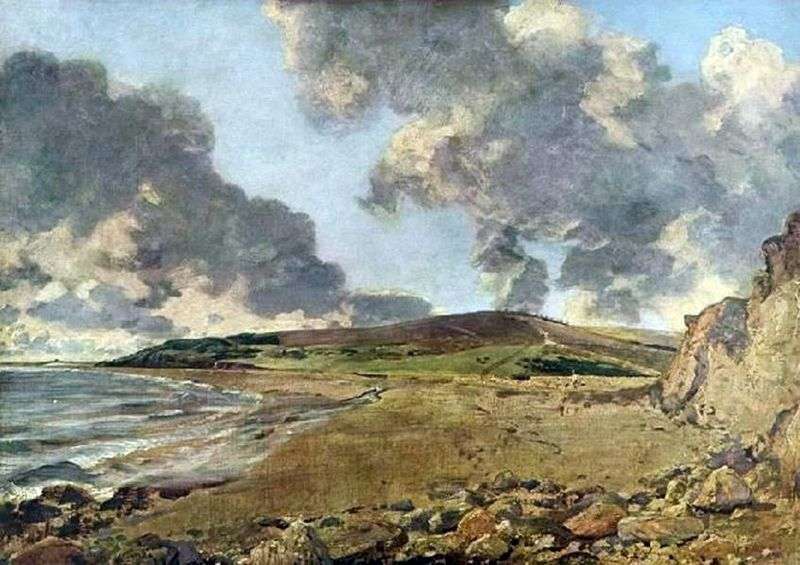

From the Weymouth Bay you can see the west – a small river Jordan, flowing through the desert sandy terrain, and the same mountain. In October 1816, the Constable couple
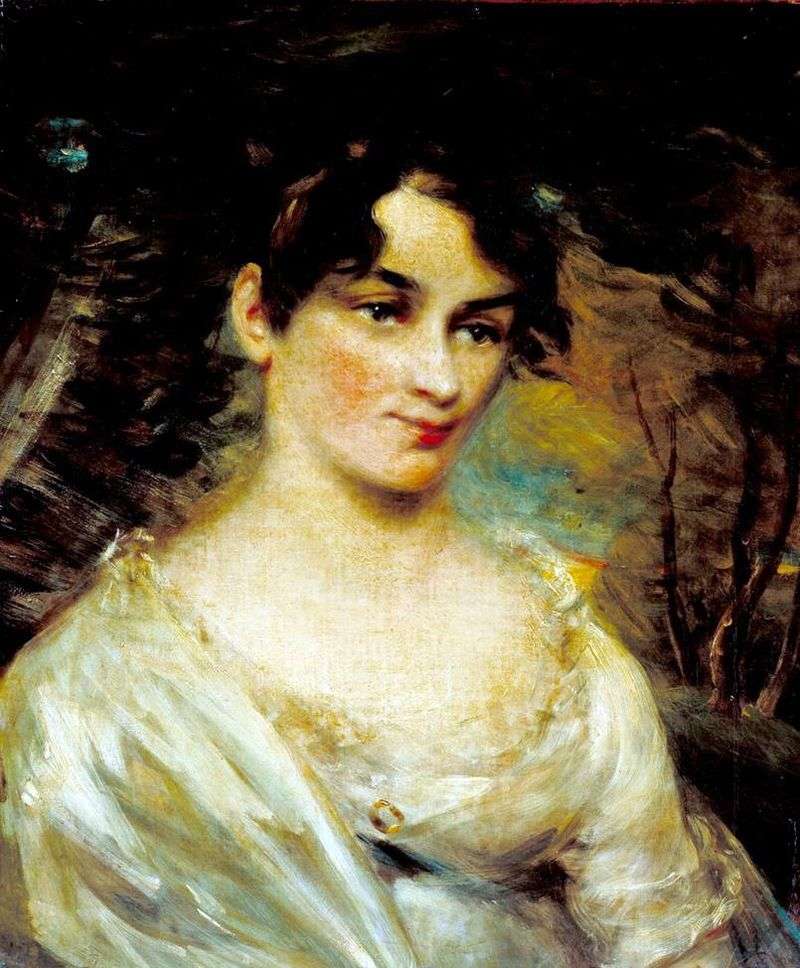
The genre of the portrait was not popular with Constable, in his entire life he painted only a few portraits. The portrait of the daughter-in-law of the Birmingham banker, Charles
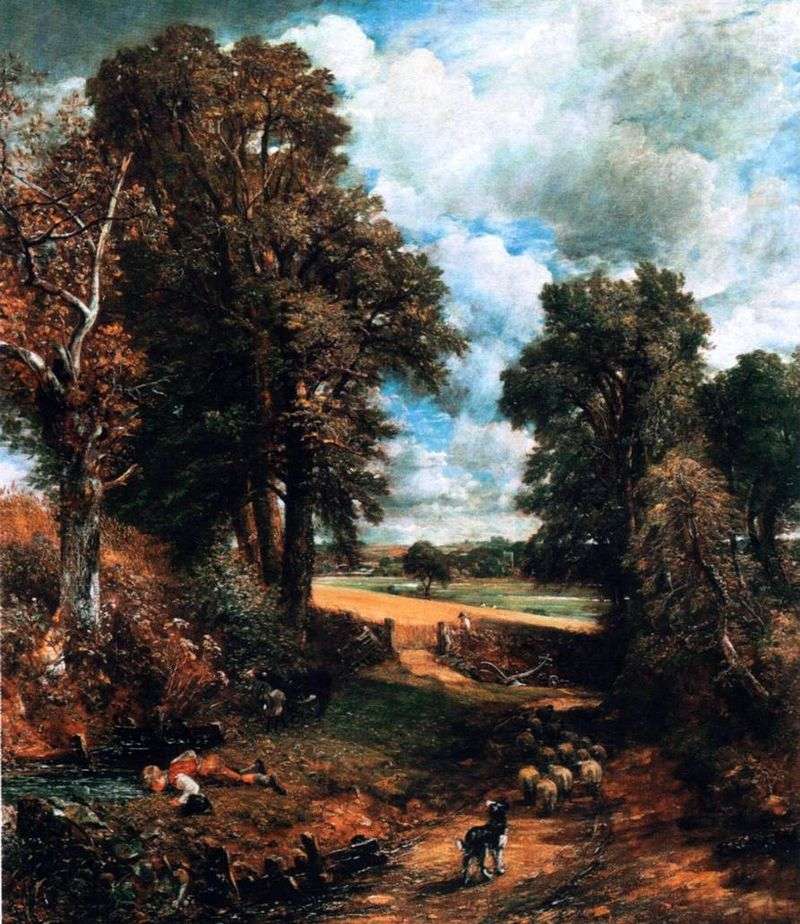
The artist rejected traditional norms and patterns, trying to combine in his painting the immediacy of the perception of nature with its deep study. Striving for perfection in the transfer
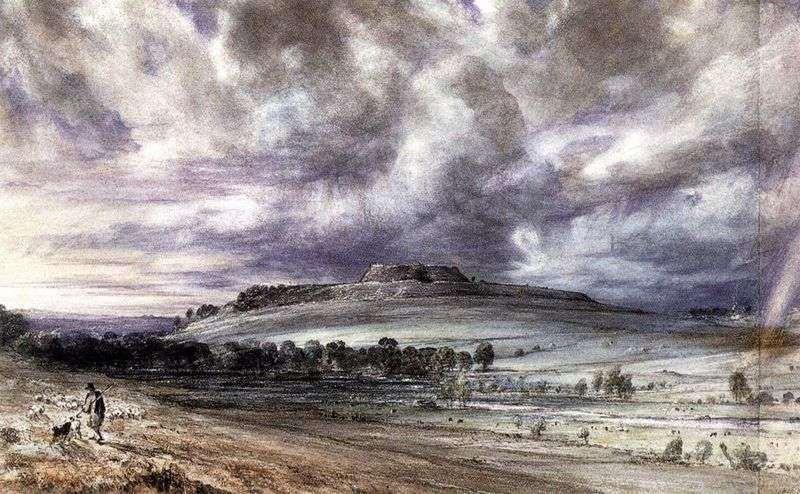
Constable very seriously experienced the death of his wife Mary. His paintings at this time became gloomy, morose – to match the inner state of the artist. But after a
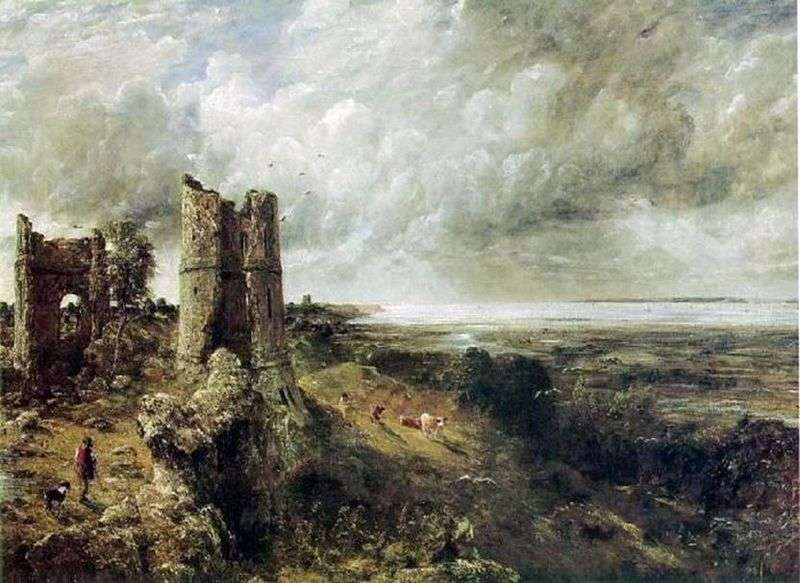
In late work Constable has romantic motifs – ruins, stormy conditions of nature. The appearance in the works of ruins, which usually symbolize the frailty of being, may be related
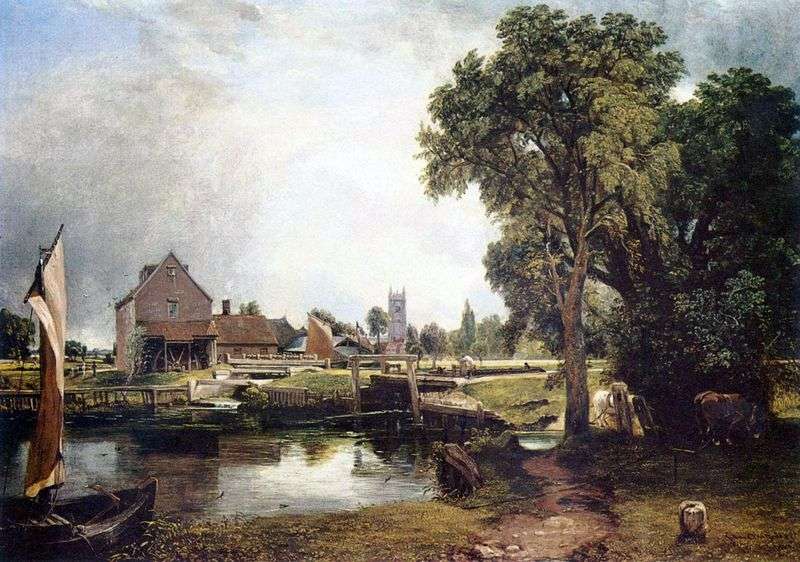
This landscape is not at all poetic. Instead of heavenly tabernacles, the viewer sees a mill surrounded by farm buildings in front of him. The hedges squinted, the land at
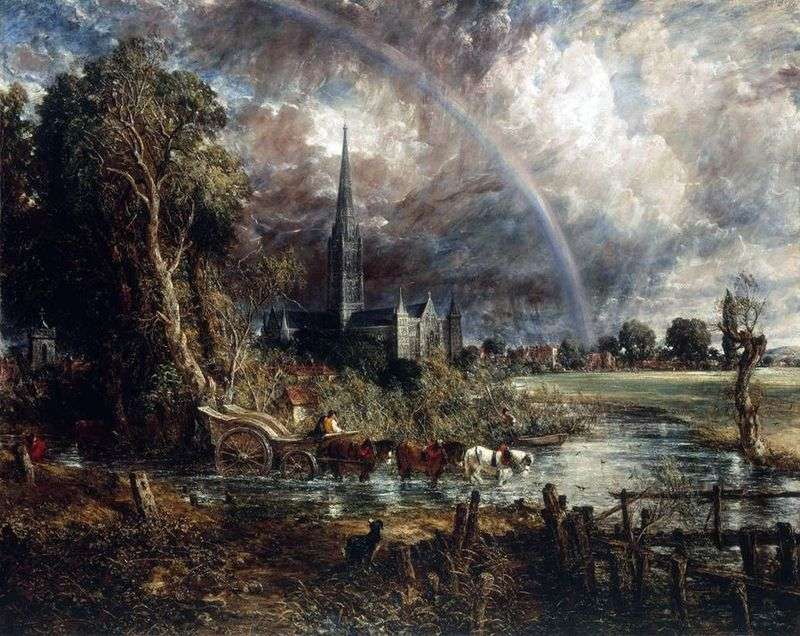
This view is the most dramatic canvas of Constable with a view of the cathedral in Salisbury. The idea of portraying the cathedral against the backdrop of a “storm” came
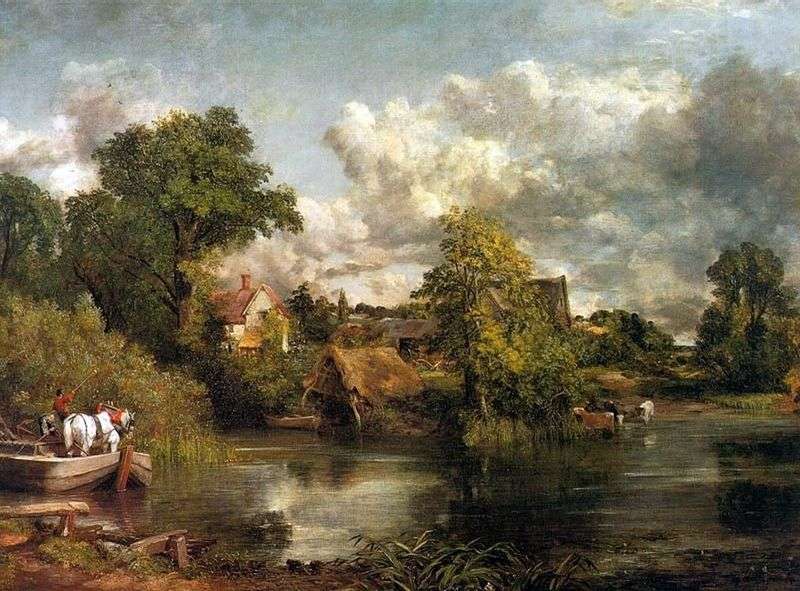
Throughout the creative life of the artist there was a process of comprehension of specific landscape motifs. He writes and draws the same places at different times of the day

Constable as a master of religious painting is practically unknown. In fact, pictures of religious content – the least successful of what was created by this wonderful landscape painter. Most
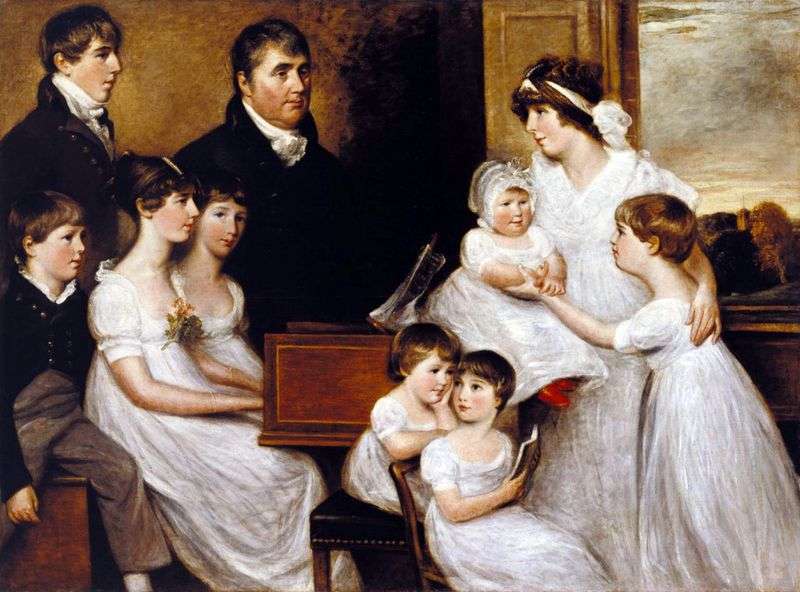
Like his famous predecessor Gainsborough, Constable always preferred a portrait to a landscape. But just like Gainsborough, he quickly realized that portrait painting could become a much more reliable source
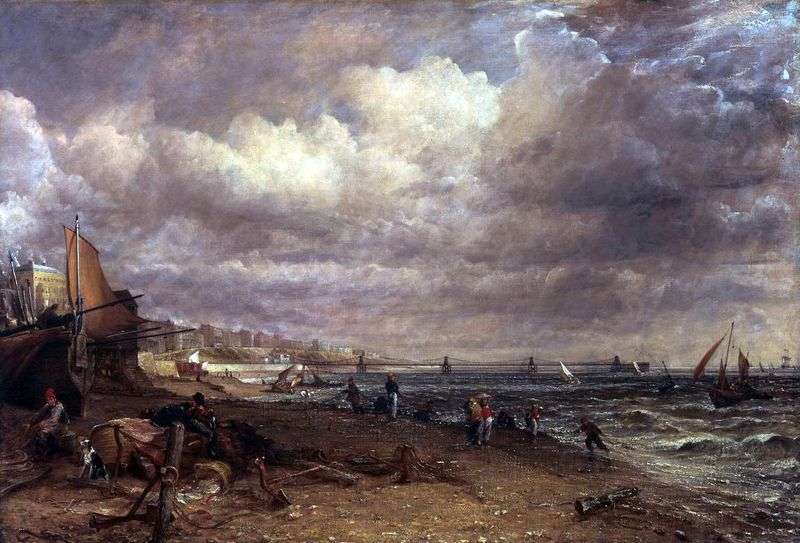
Constable was experiencing ambivalent feelings for Brighton. Two of his visits to this city – in 1824 and 1828 – were associated with the serious illness of his wife Maria.

The Victoria and Albert Museum houses three albums with Constable sketches, dating from 1813, 1814 and 1835. They allow you to look at the “creative kitchen” of the artist and,
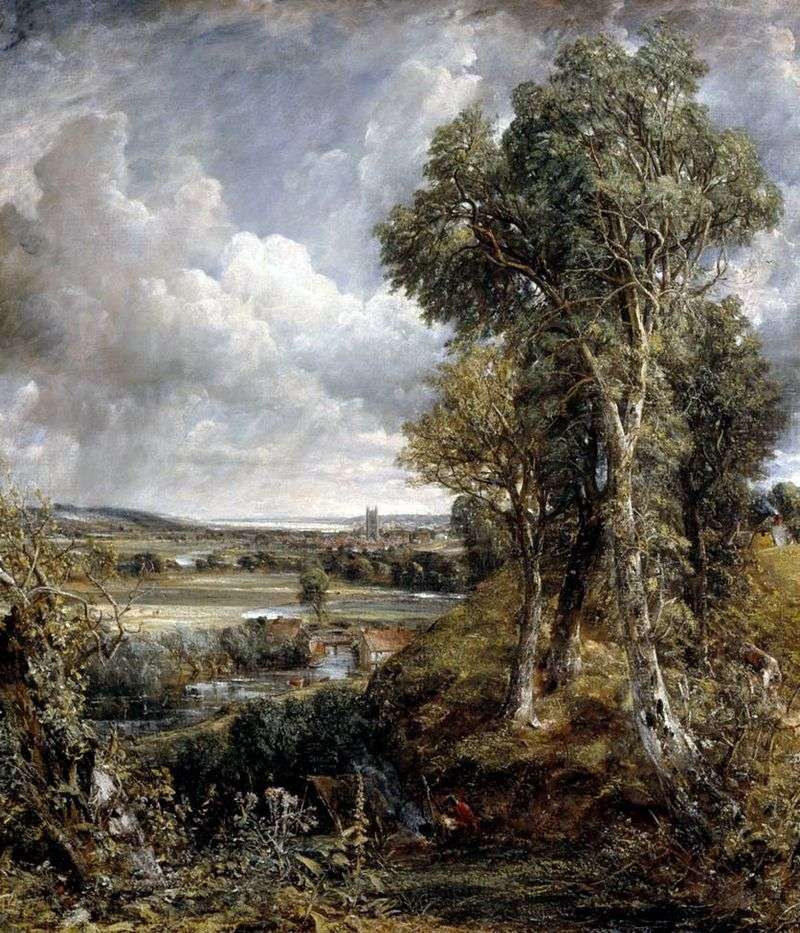
Blocked by a sluice, it winds among the sun-drenched fields and pastures, separated by copses. In the boundless distances, the silhouette of the church tower in the village of Dedham
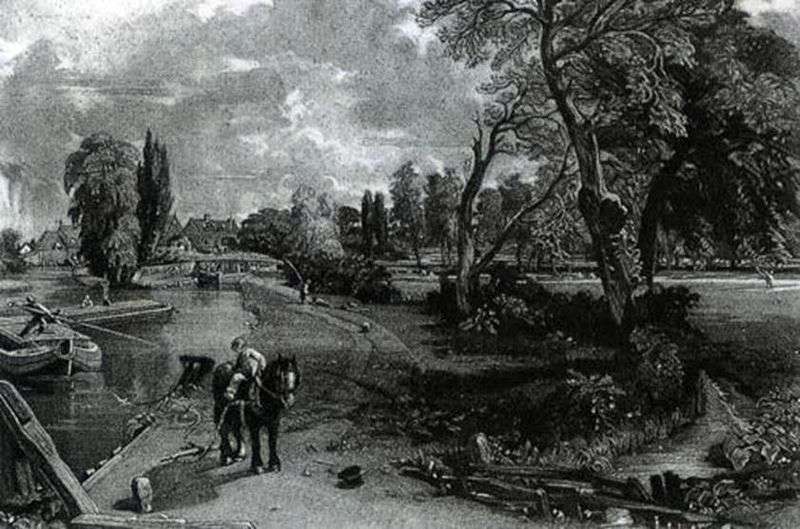
Constable several times made attempts to earn money by selling reproductions of his paintings. The fruit of the most famous attempt was the album “The English Landscape”, which included 22
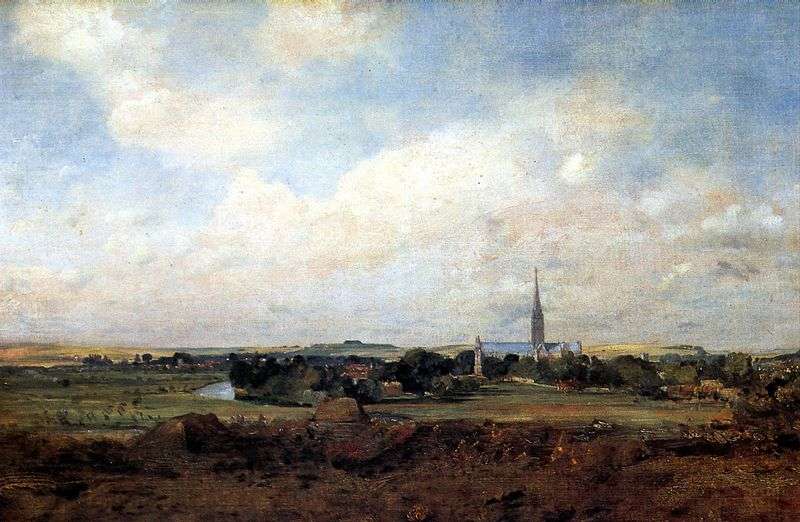
English painter John Constable – one of the largest landscape painters of the XIX century. He was born in the East Berg Hall in the miller’s family, he received his

Spending most of the time in nature, Constable almost dissolved in it, loved it to the pain in his heart, and nature opened up the most secret secrets to the
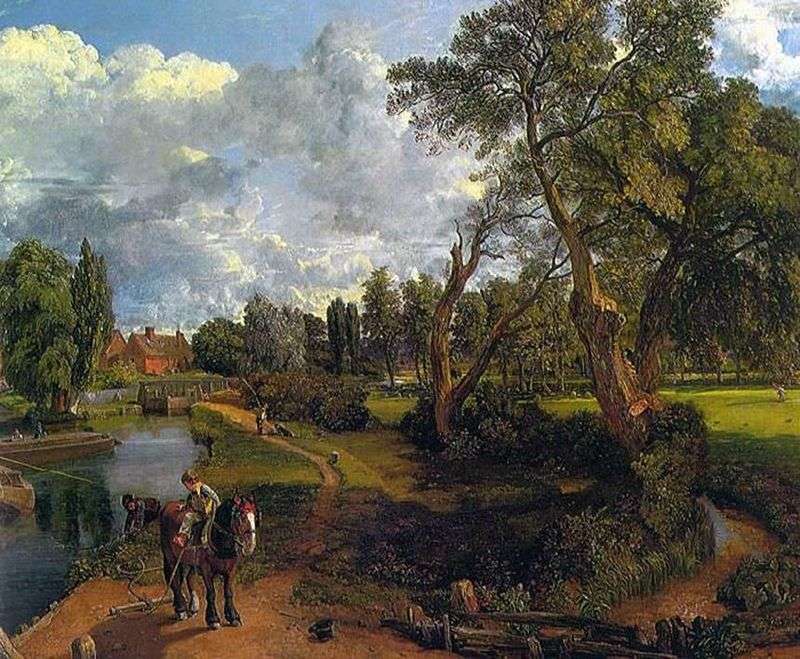
In one of his letters Constable admits that carefree adolescence is associated, first of all, with the Stour River, that it is thanks to her that he became an artist.
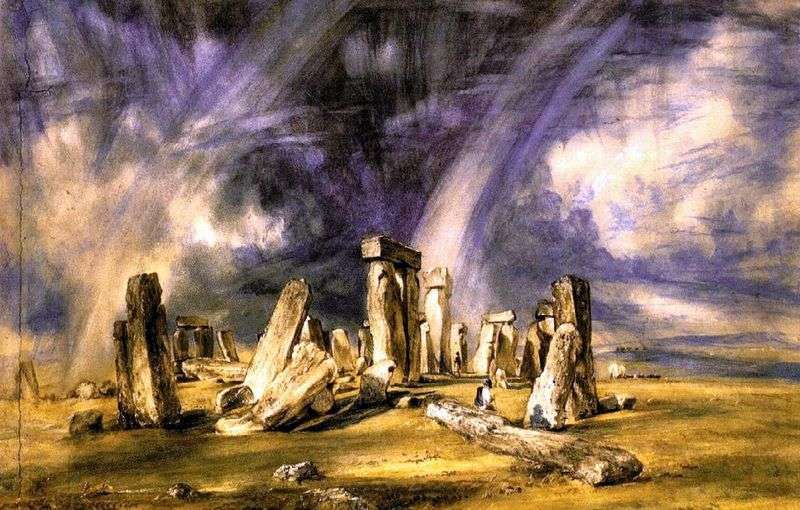
At the end of the 1820s, the painter’s creativity comes with a serious turning point. After the death of his wife, which followed in 1828, melancholy and even tragic notes
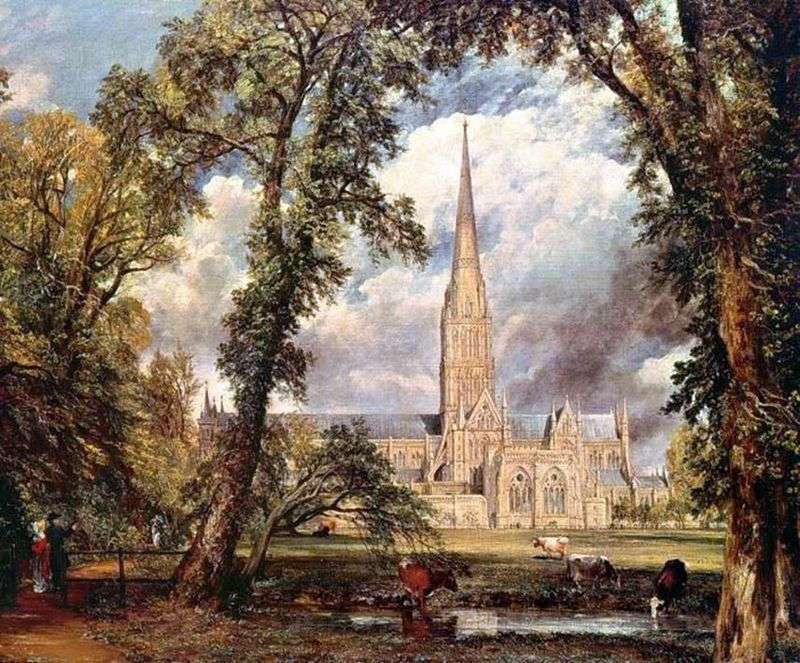
In the summer of 1820, Constable, along with his family, visited his friend Archdeacon John Fischer in Salisbury, where, along with many sketches and sketches of Salisbury species, the artist
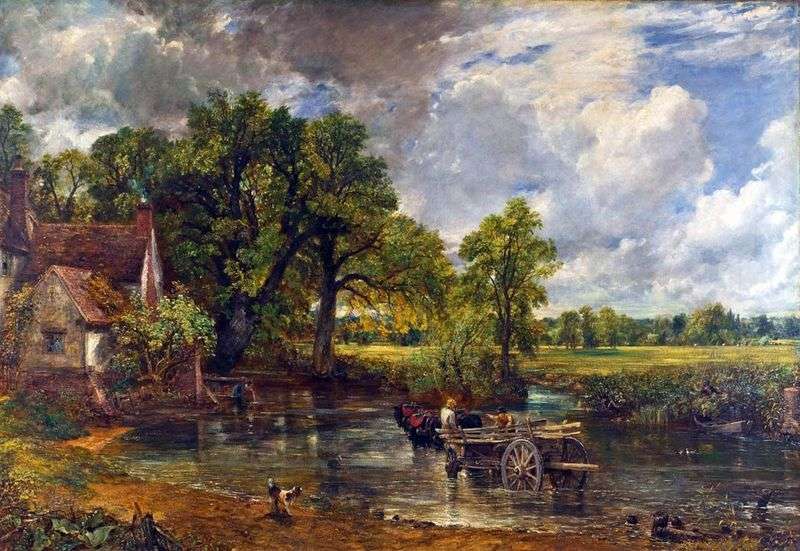
This picture is part of a series of “six foot” paintings with scenes of everyday life in the valley of the Stour River. The artist worked on the “cart for
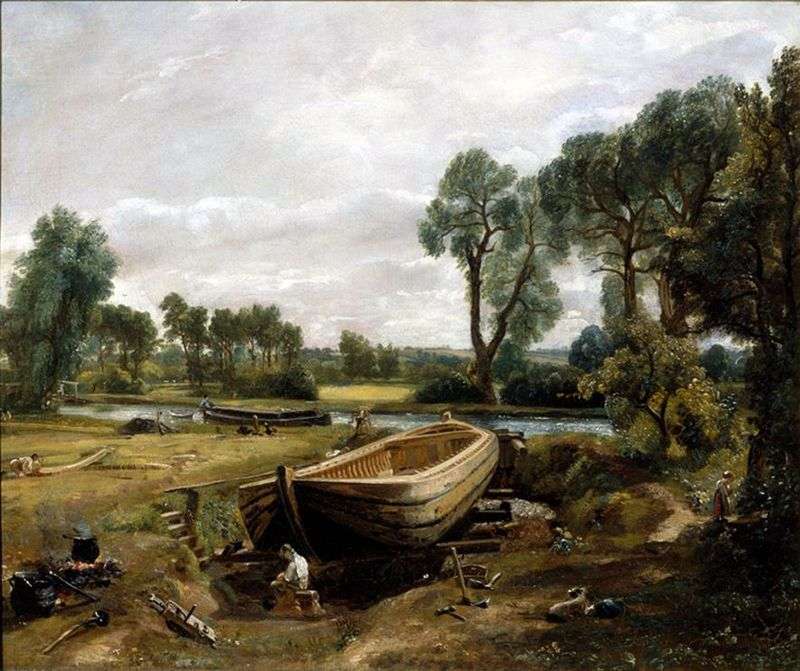
This boatyard was located on the shore of a small tributary of the Stur River and belonged to the artist’s father, Golding Constable. Here the hired workers repair old ones